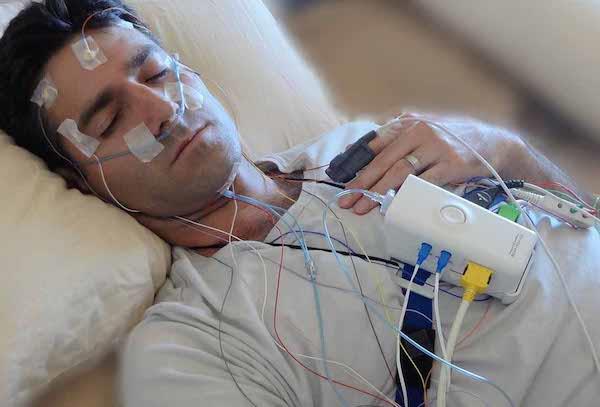Primary polysomnia: diagnosis and treatment!

Primary somnolence is a rare disorder that causes people to experience excessive daytime sleepiness for long periods of time. Is primary polysomnia dangerous or not? How will a doctor diagnose this disorder and what is the treatment? Let's answer the above questions through the following article of SignsSymptomsList!
content
What is primary polysomnia?
Primary hypersomnia is an uncommon sleep disorder. This disorder causes people to be excessively sleepy during the day, even after a good night's sleep.
People with the disorder also have trouble waking up after sleeping through the night or taking a nap. In addition, naps do not keep the person awake.
Primary polysomnia causes drowsiness at work
Drowsiness can strike at any time. For example, falling asleep while driving or working. These situations are sometimes dangerous for the patient.
This disorder usually progresses from weeks to months. To diagnose primary polysomnia, the doctor must rule out more common causes of similar symptoms. Therapeutic use of medication to control symptoms caused by this disorder.
>> Learn more about Sleep disorders and what you should know
What diagnostic tests are needed?
The doctor will ask about the patient's symptoms, family history, and general health to make a diagnosis. Information such as current medications, previous medical conditions also plays an important role.
In addition, the doctor may order some tests to determine the cause, diagnose the disorder. As well as rule out other possible causes.
- The Epworth Sleepiness Scale (ESS). Patients will rate themselves on their own level of sleepiness using this scale. Thereby, the doctor can determine how the sleep disorder affects the patient's daily life.
- Sleep diary. Patients may need to keep a sleep diary at the request of their doctor. In a diary, the person with the disorder will record their daily sleep and wake times so the doctor can assess sleep duration and sleep patterns.
- Polysomnogram (PSG). The patient will have to stay in a medical facility overnight to do PSG. During sleep polysomnography, the device will monitor brain activity, eye movements, leg movements, heart rate, respiration and oxygen levels while the patient is asleep.
- Multiple sleep latency test (MSLT). This method helps measure sleepiness as well as the type and stage of daytime sleep. MSLT is usually done after polysomnography has been measured.

Sleep polysomnogram
How is primary polysomnia treated?
Because the cause is still unknown, treatment is aimed at relieving symptoms. Your doctor may prescribe stimulant medications such as modafinil. These medications can help patients stay awake during the day.
In addition, patients should follow the doctor's advice to improve symptoms. For example, patients should go to bed at a certain time each night, avoid drinking alcohol or taking drugs that can affect sleep.
Primary somnolence can greatly affect a patient's quality of life. If you have symptoms such as excessive daytime sleepiness such as sudden drowsiness such as when driving or working, etc. You should see your doctor for proper diagnosis and treatment. Avoid potentially dangerous situations. Hope the above article of SignsSymptomsList has provided you with useful information.
Doctor Vu Thanh Do